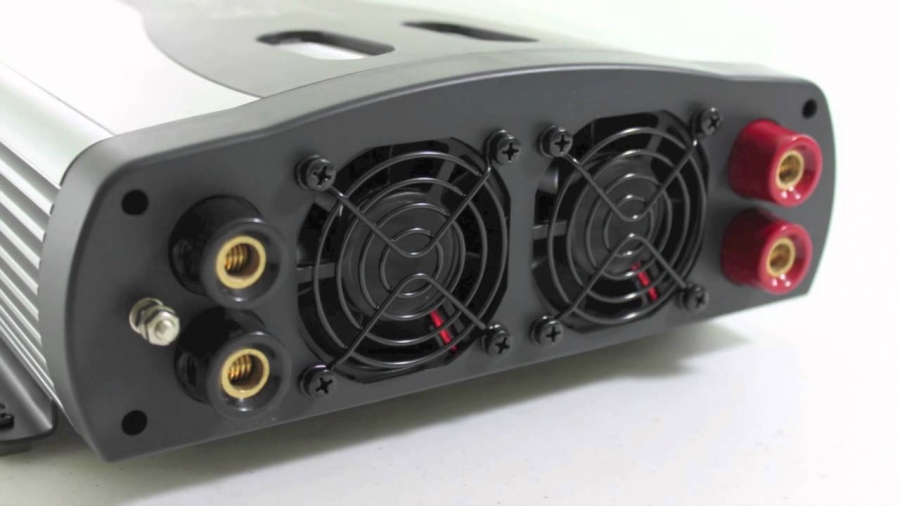Electricity is perhaps the most vital part of our lives. Computers, mobile phones, handheld devices, refrigerators, televisions, cars and a host of other everyday items require electricity to run. This electricity may be from a power source that is given by the power grid, which is accessible through sockets in houses, or through batteries, which store charge. These cells provide a significantly lower amount of power. Batteries also provide a direct current (DC) output, which most appliances do not run on. Televisions, microwave ovens, electric cookers, iron boxes are other such household items run on something called alternating current (AC). The difference between alternating and direct current is that as the name suggests, in alternating current, the waveform keep oscillating. It is never constant like the direct current is. For precisely this reason, direct current is used in batteries, which are used to power smaller devices such as mobile phones. The direct current output is generally very less, in the order of 1 volt to 20 volts.
AC vs. DC
Alternating current, however, has a much higher voltage output. It is much more dangerous since the voltage levels are generally in the order of hundreds of volts. The reason for using AC is that it is much easier to transmit over long distances without substantial power losses and the voltage levels can be changed from one level to a different level, higher or lower. For this reason, AC is the power that comes to households, and what is available from the typical power socket. AC, however, cannot be stored in a particular place very efficiently. As a result, DC is the most popular way to store electricity. If there is a power cut, with the help of cells, it is possible to power appliances, which will continue to work seamlessly. Clearly, storing electricity will require conversion of AC to DC. Whenever power is needed, the stored DC will have to be reconverted back to AC.
Inverters: The Solution
The particular device that will convert DC to AC is called the inverter. The input to the inverter is DC, and the output is AC. The primary application of inverters is in UPS (Uninterrupted Power Supply). The UPS exploits a particular resonance phenomenon by choosing a specific inductor and capacitor, allowing it to provide power without any interruption at all. The AC output of an inverter can be of two types, a simple square shaped wave, that is alternating, or a more complex sine wave. Each of them has their advantages and disadvantages.
Square wave inverter: These inverters are much more straightforward to design. Their circuitry and implementation are significantly less complicated than sine wave inverters. As a result, they are cheaper and more economical. The output, however, cannot be used to power all sorts of devices. For motors and other such hardy devices, the square wave inverter is perfect. Additionally, the square wave inverter creates a humming noise as it is running. This is because of the generation of harmonics, which requires extra filters to mitigate. As a result, the overall efficiency is reduced a little.
You can find the buy square wave inverters several websites, and choose the one that suits your needs perfectly.
